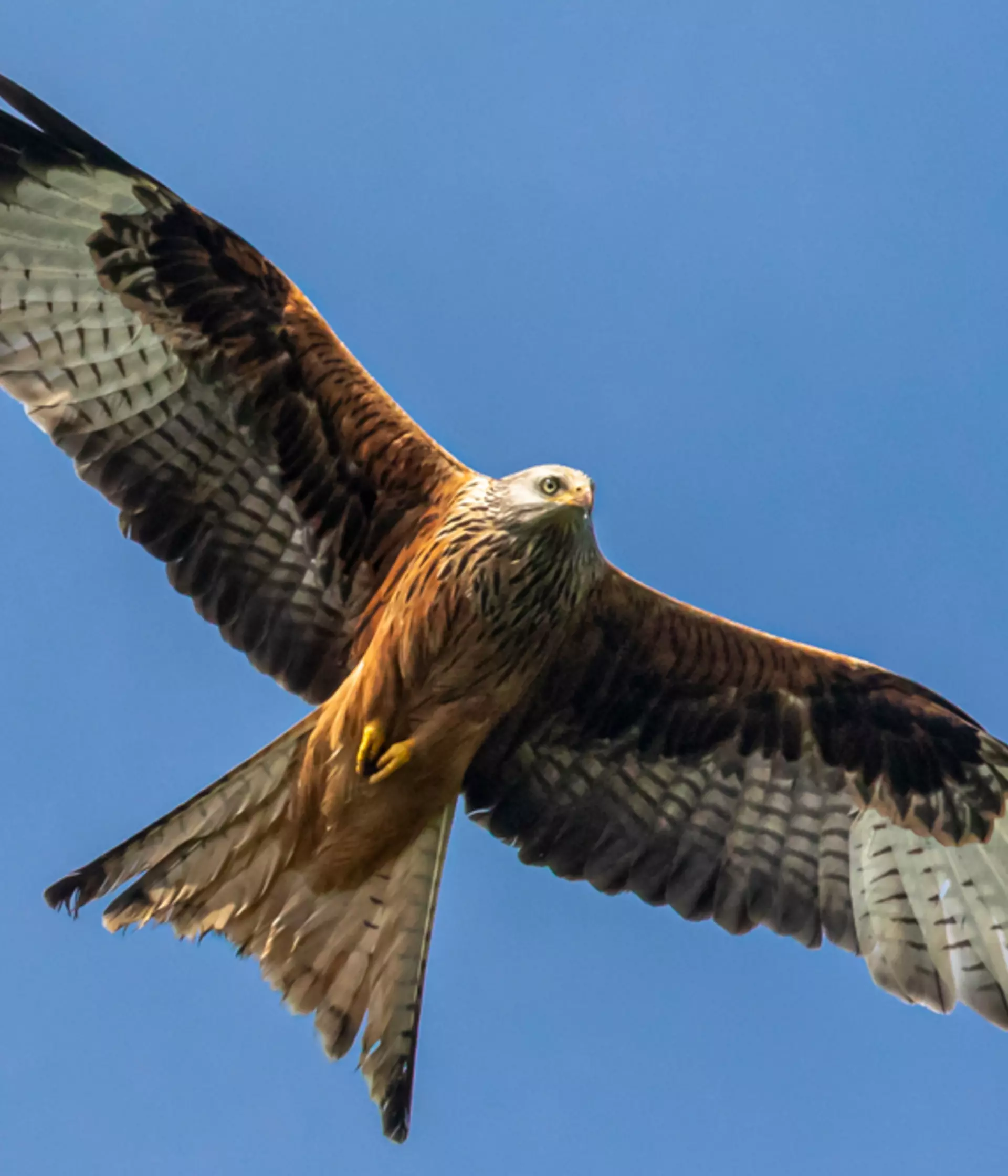Bird conservation and protection
We are pioneering the conservation and protection of bird species around the world, here at ZSL.
Birds can be found in almost all habitats around the globe. But we can't afford to take them for granted, because birds make a huge contribution to the functioning of the world's ecosystems, which directly impacts human health, the economy, food production, environmental wellbeing and supports the lives of millions of other species on the planet.
We believe that nature can recover.
We are committed to ensuring bird species are able to not just survive, but flourish.
We work on a number of hugely important bird projects, often bringing back bird populations from the brink of extinction, halting population declines and using the latest technology and techniques to monitor birds in far flung countries.
This work has involved the birdkeeping expertise of both of our conservation Zoos, London and Whipsnade, the research of the Institute of Zoology and conservation action in the field.
Find out more about our bird conservation and protection work below:
Bird species our research focuses on:
Red Kite (Milvus milvus)
Between the 18th and 20th century, the number of red kites dwindled to a handful of breeding pairs - bringing the species to the brink of extinction in Britain.
In 1989 a reintroduction programme was established by the RSPB and the Nature Conservancy Council. In the last 30 years, the programme has been so successful that there are now estimated to be over 5,000 breeding pairs in England.
However, the red kite however still faces significant threats, so we continue to protect the species to ensure their numbers never plummet again.
Sihek (Todiramphus cinnamominus)
In the 1940's shipping containers from New Guinea unknowingly transported and accidentally introduced invasive brown tree snakes to the Siheks native island of Guam which caused an unprecedented shift in the small islands ecosystem balance. This predatory snake was not something that had been encountered by the native wildlife before and led to devastating losses of native birds, bats and lizard species.
Siheks have been extinct in the wild for over thirty years but through careful research, and the collaborative efforts of global conservationists involved in the Sihek Recovery Program, a group of nine young birds have been hand-reared and released into the wild in the tropical forests of Palmyra Atoll.
This group of re-wilded birds will remain on the Palmyra Atoll with the aim of a breeding population being established. The ultimate goal is to return a thriving population of Siheks to their native home of Guam once the threat from invasive species of snakes has been remedied.
Hihi (Notiomystis cincta)
Hihi declined from northern New Zealand in the early 1800s to become restricted to a single offshore island by about 1890. Beginning in 1980, an ongoing recovery program has aimed to increase hihi range and numbers using reintroduction.
ZSL’s Institute of Zoology is closely involved in the hihi project and contributes a bulk of the scientific excellence used to inform management of this species.
Importantly, the work not only benefits hihi but also has much wider global impact, through promoting structured and evidence-based approaches to reintroduction biology.
Pink pigeon (Nesoenas mayeri)
Before the introduction of predators and an abrupt loss of habitat, the pink pigeon was once abundant on the Indian Ocean Island of Mauritius.
By the 1970s, the remaining population were restricted the remaining population to a tiny pocket of the island by the 1970’s, with the remaining dozen birds at risk of being lost forever.
However, an international bird conservation programme stepped in, successfully boosting numbers to the 400 pink pigeons in the wild today. And we remain involved in the project's ongoing recovery programme.
